Plus, access more than 500 video workshop episodes when you become a member
Videos in the Series
-
Introduction: Hanging Wall CabinetAugust 7, 2012
-
1. Constructing the CaseAugust 7, 2012
-
2. Adding the Back and Wall CleatAugust 7, 2012
-
3. Dovetail the DrawerAugust 7, 2012
-
4. Construct the DoorAugust 7, 2012
-
5. Mortise the HingesAugust 7, 2012
-
6. Applying the FinishAugust 7, 2012
-
7. SummaryAugust 7, 2012
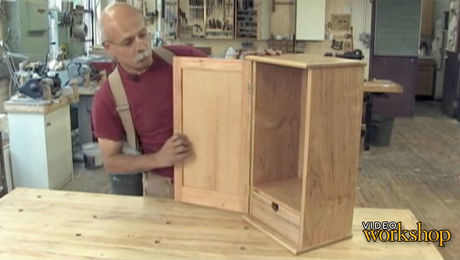

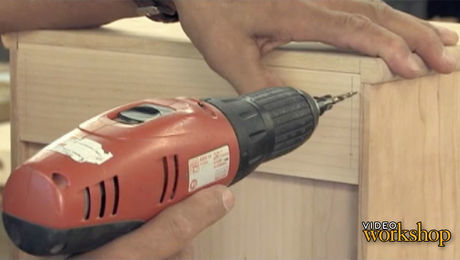
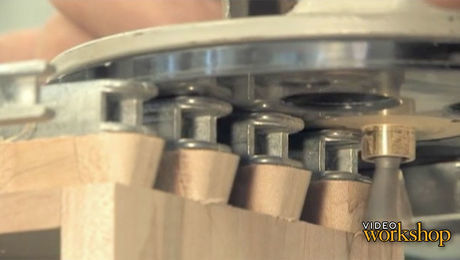
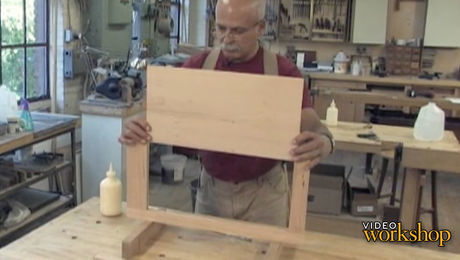
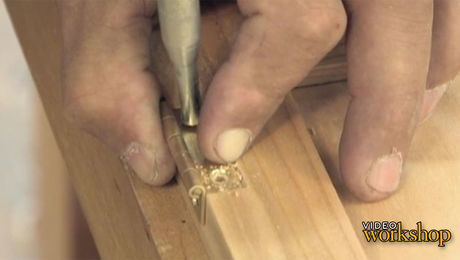
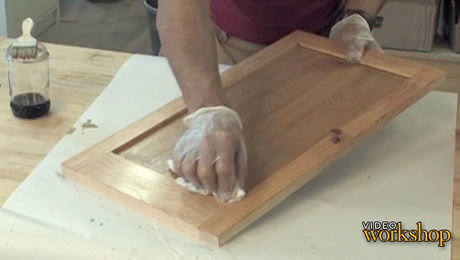
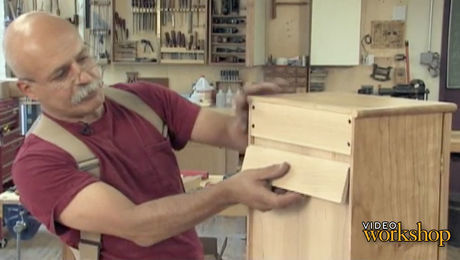
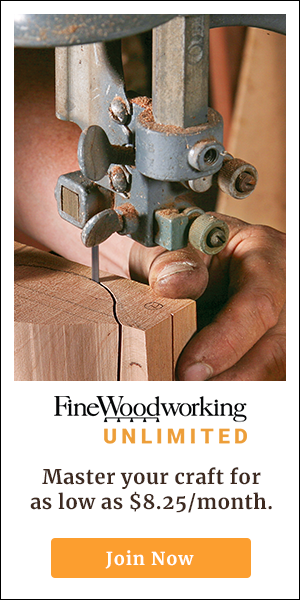


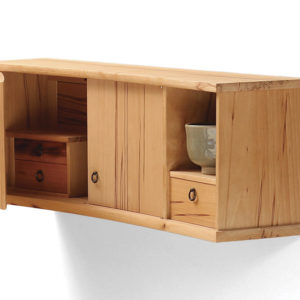

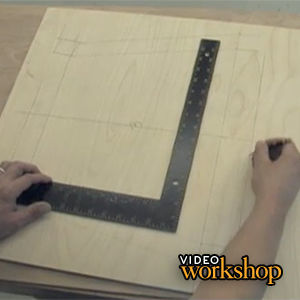














Comments
Really, really lovely. I noticed that there's nothing holding the door closed and I saw the door swing open just before the end of the final video. I was watching carefully for it because I have an Isaac Young Shaker wall clock with doors that want to open. (Ashamed to say I've been using cardboard to keep them closed for many years because I didn't want to spoil the look with some modern crappy catch.) Saw a wonderful solution on FW using hidden rare earth magnets and will be incorporating them soon. Thanks FW.
I enjoyed the vidio series. I do have a few comments though. The construction heavily relied on a host of specialized jigs and machines to construct. many of which would not be in most home shops. The other thing is, there was no catch installed to keep the door closed and no method to stop the door from opening too far and ripping off the case. Also no "superballs" or any other method was used to stop the door panel from rattling around in the door frame. In my opinion as a seasoned woodworker of over 50 years this was a poor construction demonstration that needs several updates or fixes before anyone should use it as a model for creating a hanging cabinet. I did like the French cleat. too many people are not aware of how to implement this method of cabinet hanging, so I do give it a plus for that.
He did mention that it was a project for beginners, so leaving out some finer points is assumed; however, as you mention, a beginner is not going to have those jigs. Heck, I have a well-outfitted shop, and I don't have those jigs. I don't even have the biscuit joiner, not to mention that mortise/tenon jig! If one is going to teach a beginner project, one really has to use tools that beginners are likely to have.
Log in or become a member to post a comment.
Sign up Log in